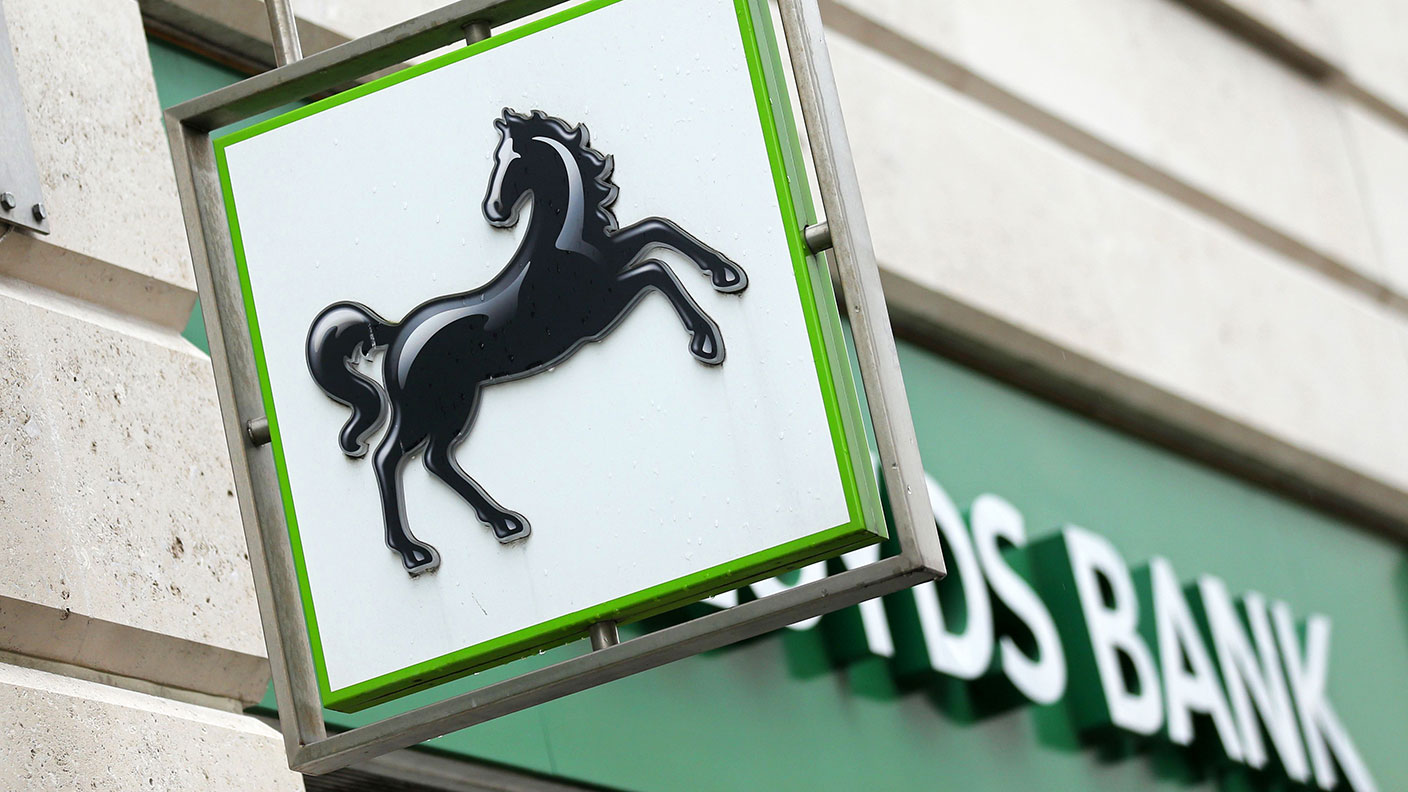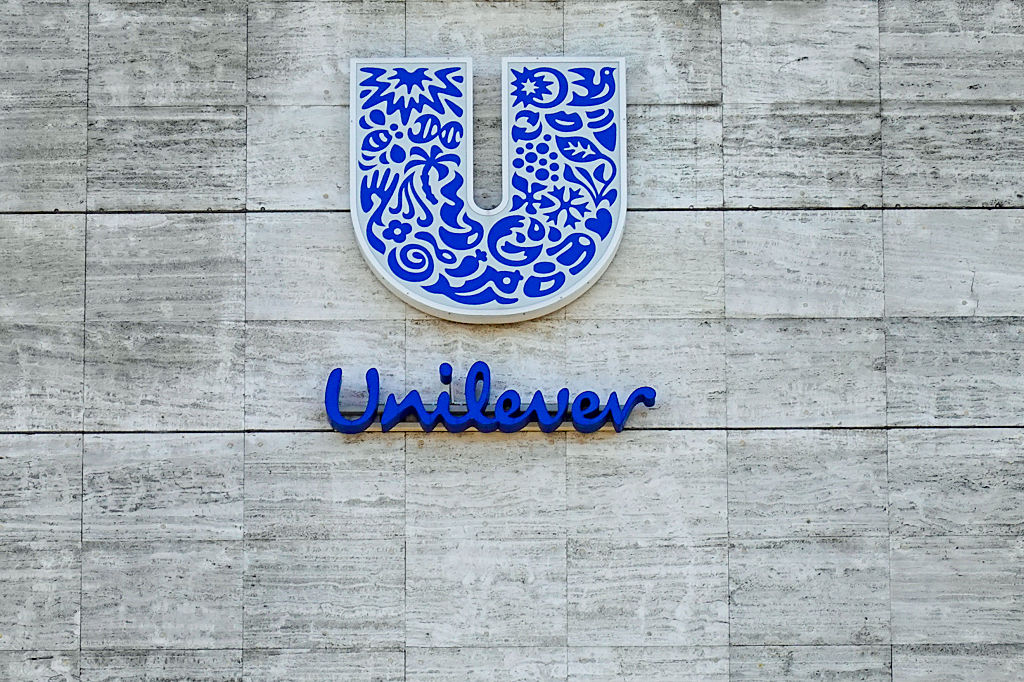Are value stocks finally back for good?
The Covid-19 vaccine might give value investors the lift they’ve been waiting for, says John Stepek. And the UK is a good hunting ground.


That was quick. In last week’s issue, Jim Mellon told Merryn that investors should buy Lloyds Bank (watch the interview at moneyweek.com/videos). Between that issue coming out on Friday, and Wednesday lunchtime, the share price had risen by 20%. Much as we’d like to claim the credit, the main driver was of course the surging hopes for a vaccine (see page 6). Lloyds was just one of many “value” stocks (companies that look cheap on their “fundamentals”, as measured by various financial ratios) to have rallied sharply on the news that we might soon be able to put the misery of intermittent lockdowns behind us.
Value stocks have lagged growth stocks since at least March 2009 (when they had a short-lived blip of outperformance) and we’ve heard many a call that “this must be the turn”. So is this just another false alarm? Or did poor Ted Aronson, who closed his $10bn value-focused hedge fund AJO Partners only last month, actually call the bottom of this cycle when he threw in the towel?
The case for value
Why has growth trounced value so badly? One factor is that in a low interest-rate, low inflation, weak-growth world, fast-growing companies which promise lots of future profits – even if they make very little today – are at a premium. If inflation is low, then investors are happy to wait for their money. Given the choice between a reliable but barely-growing income stream today, or the promise of a pot of gold at the end of a rainbow sometime in the future, investors are happy to wait for the pot of gold. So growth stocks (which could be described as “long duration” assets – see below) do well. But if inflation picks up, it becomes riskier to wait, and cash-generative value looks more appealing.
MoneyWeek
Subscribe to MoneyWeek today and get your first six magazine issues absolutely FREE

Sign up to Money Morning
Don't miss the latest investment and personal finances news, market analysis, plus money-saving tips with our free twice-daily newsletter
Don't miss the latest investment and personal finances news, market analysis, plus money-saving tips with our free twice-daily newsletter
So if we’re seeing a turnaround now, it’s because the vaccine news means markets expect economies to open up faster, which means better economic growth, and potentially higher interest rates and inflation to go along with it. Does that seem a reasonable bet? We’d argue that it does. If anything can generate inflation, then huge pent-up demand combined with free-spending governments is surely it. So what should you invest in? The UK is a good option for value. Despite the recent surge in airlines, banks and oil stocks, there’s plenty of room for more. We looked closely at the value-focused Law Debenture (LSE: LWDB) investment trust in last week’s issue and we’re very glad we kept it in our portfolio. If you prefer pure passive, a plain old FTSE 100 tracker will give plenty of exposure to value. And if we’re wrong? Hang on to your holding of Scottish Mortgage (LSE: SMT), just in case – but think about rebalancing.
I wish I knew what duration was, but I’m too embarrassed to ask
“Duration” is a measure of risk that usually relates to bonds. It describes how sensitive a given bond is to movements in interest rates. Think of the relationship between bond prices and interest rates as being like a seesaw: when one side (interest rates) goes up, the other (in this case, bond prices) goes down.
Duration (you can find the measure in the fact sheet of most bond funds) tells you the expected percentage change in a bond’s price in response to a one percentage point (100 basis points) change in interest rates. The higher the duration, the higher the bond’s “interest-rate risk” – that is, the larger the change in price for any given change in rates. This is also known as “modified” duration.
Duration can also refer to the weighted average length of time (in years) it will take to recoup the price paid for a bond in the form of income from its coupons (interest payments) and the return of the original capital. So if a bond has a duration of ten years, that means you have to hold it for ten years to recoup the original purchase price (this is also known as “Macaulay duration”). In practice, both measures of duration return very similar values. So in the above example, the duration value of ten also indicates that a single percentage point rise in interest rates would cause the bond price to fall by 10%.
As a rough guide, the duration of a bond increases along with its maturity – so the longer a bond has to go until it repays its face value, the longer its duration. Also, the lower the yield on the bond, the higher its duration – the longer it takes for you to get paid back. All else being equal, a high-duration bond is riskier (more volatile) than a low-duration bond.
When applied to other assets such as equities (as above), a “long duration” asset refers to the fact that the payback period is lengthy (it takes a while to earn your original investment back) and thus the asset is sensitive to movements in interest rates.
Get the latest financial news, insights and expert analysis from our award-winning MoneyWeek team, to help you understand what really matters when it comes to your finances.
John Stepek is a senior reporter at Bloomberg News and a former editor of MoneyWeek magazine. He graduated from Strathclyde University with a degree in psychology in 1996 and has always been fascinated by the gap between the way the market works in theory and the way it works in practice, and by how our deep-rooted instincts work against our best interests as investors.
He started out in journalism by writing articles about the specific business challenges facing family firms. In 2003, he took a job on the finance desk of Teletext, where he spent two years covering the markets and breaking financial news.
His work has been published in Families in Business, Shares magazine, Spear's Magazine, The Sunday Times, and The Spectator among others. He has also appeared as an expert commentator on BBC Radio 4's Today programme, BBC Radio Scotland, Newsnight, Daily Politics and Bloomberg. His first book, on contrarian investing, The Sceptical Investor, was released in March 2019. You can follow John on Twitter at @john_stepek.
-
 Zoopla: house price growth stalled in 2025 but forecasts for 1.5% higher next year
Zoopla: house price growth stalled in 2025 but forecasts for 1.5% higher next yearSales soared this year with more than a million deals done but buyers drove hard bargains keeping a lid on prices. A small bounceback in valuations is predicted for 2026, depending on where you live.
-
 UK sets out crypto regulatory proposals
UK sets out crypto regulatory proposalsThe government has tabled legislation that sets out a regulatory framework for cryptocurrencies, while the regulator will consult on balancing innovation and consumer protections
-
 British blue chips offer investors reliable income and growth
British blue chips offer investors reliable income and growthOpinion Ben Russon, portfolio manager and co-head UK equities, ClearBridge Investments, highlights three British blue chips where he'd put his money
-
 Coreweave is on borrowed time
Coreweave is on borrowed timeAI infrastructure firm Coreweave is heading for trouble and is absurdly pricey, says Matthew Partridge
-
 Renewable energy funds are stuck between a ROC and a hard place
Renewable energy funds are stuck between a ROC and a hard placeRenewable energy funds were hit hard by the government’s subsidy changes, but they have only themselves to blame for their failure to build trust with investors
-
 Profit from document shredding with Restore
Profit from document shredding with RestoreRestore operates in a niche, but essential market. The business has exciting potential over the coming years, says Rupert Hargreaves
-
 The war dividend – how to invest in defence stocks as the world arms up
The war dividend – how to invest in defence stocks as the world arms upWestern governments are back on a war footing. Investors should be prepared, too, says Jamie Ward
-
 Literacy Capital: A trust where great returns fund a good cause
Literacy Capital: A trust where great returns fund a good causeThere’s plenty to like about specialist private-equity trust Literacy Capital, says Max King
-
 An AI bust could hit private credit – could it cause a financial crisis?
An AI bust could hit private credit – could it cause a financial crisis?Opinion Private credit is playing a key role in funding data centres. It may be the first to take the hit if the AI boom ends, says Cris Sholto Heaton
-
 8 of the best ski chalets for sale now
8 of the best ski chalets for sale nowThe best ski chalets on the market – from a traditional Alpine-style chalet in Switzerland to an award-winning Modernist building in Japan’s exclusive ski areas
